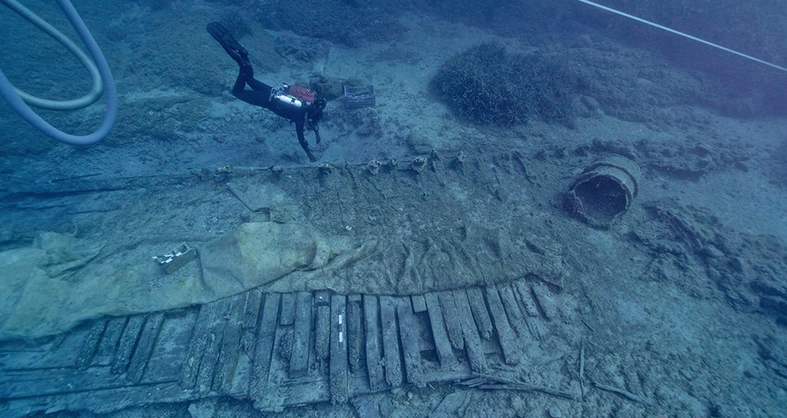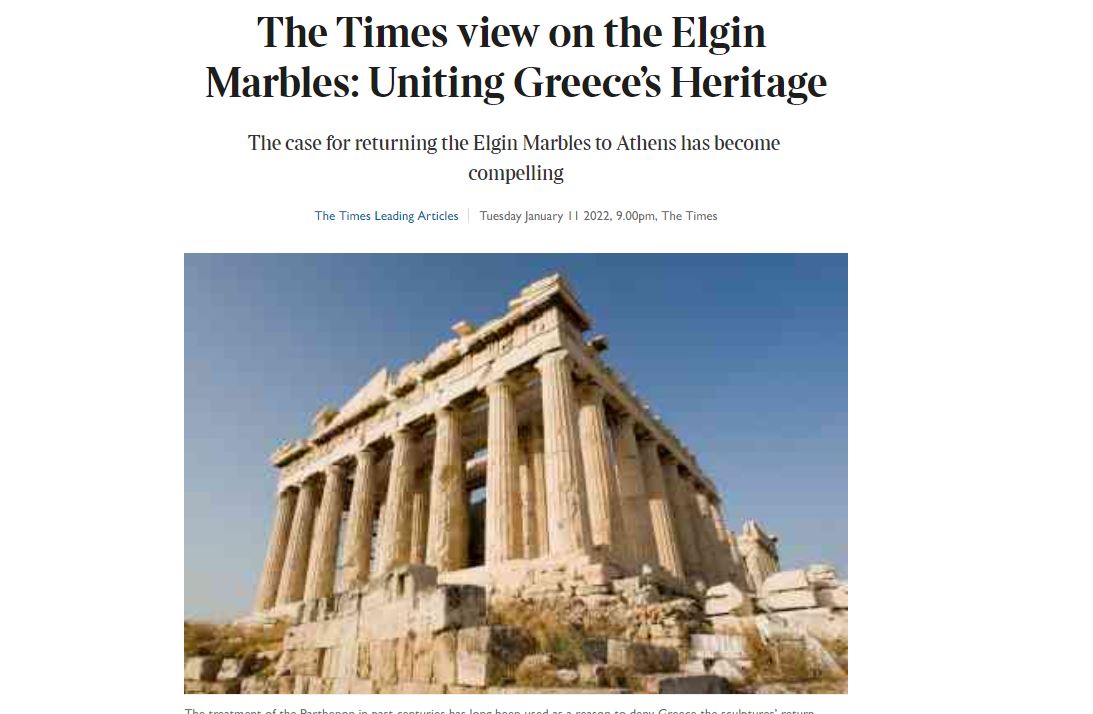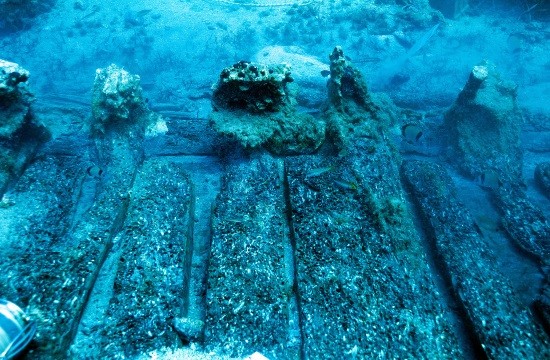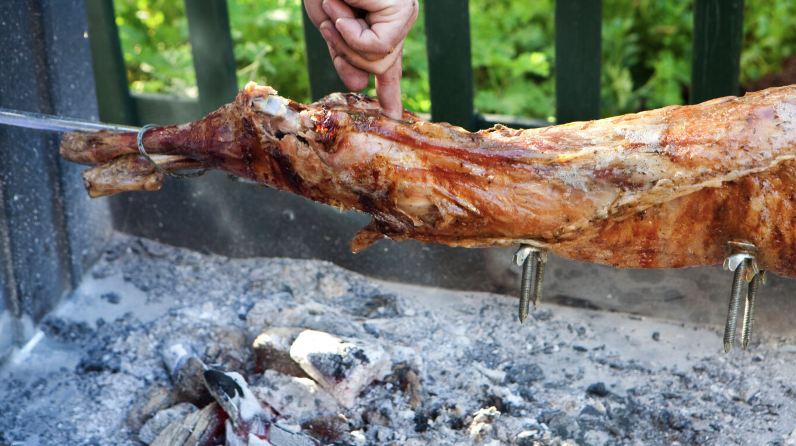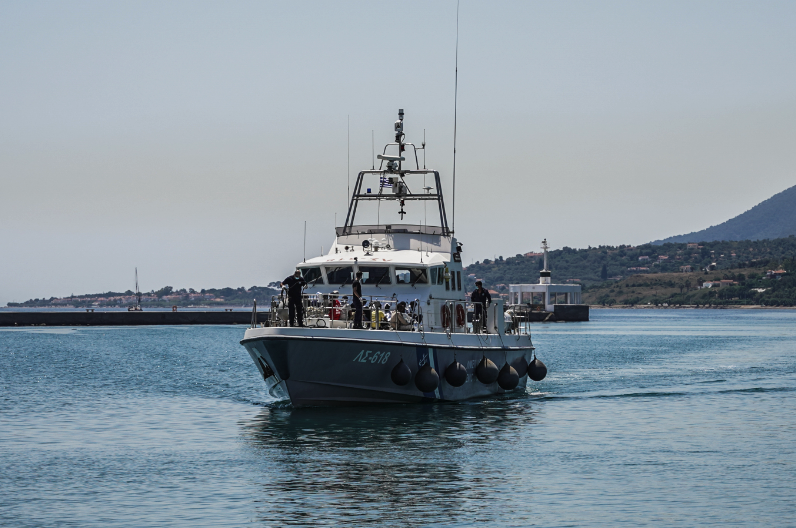At the beginning of the 19th century, Lord Elgin chartered a series of ships in order to transport, in addition to his personal belongings, the ancient artifacts he had extracted from various Greek monuments, including, of course, the Acropolis of Athens, from where he removed his famous Sculptures of Parthenon.
One of these ships was the brewery “MENTOR”, which sank, due to bad weather, in September 1802, in the bay of Agios Nikolaos, outside the port of Avlemonas, in Kythira.
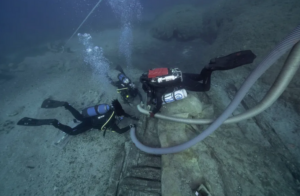
Elgin may have salvaged as much as he could from the precious cargo with the help of free divers, but the ship remains at the center of the interest, while the rumors about the existence of more sculptures in its trunk never stopped.
The underwater archeological research of the Ephorate of Marine Antiquities is systematic, the new phase of which brought to light new, important findings which give an insight both for the living conditions of the people on the ship and for the way it was built.
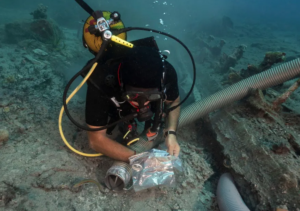
Among the finds stands out the base of a theodolite, topographic instrument which, probably, belonged to the well-known surveyor, traveler and collector of antiquities, a British artillery officer, William Martin Leake, who was among the passengers.
On the south side of the ship were also found two large sections of rope, a naval accessory six and two gold coins (ducats) of the Netherlands issued in 1777 and 1800 respectively.

Abortion-rights protest targets homes of US Supreme Court Judges Kavanaugh, Roberts
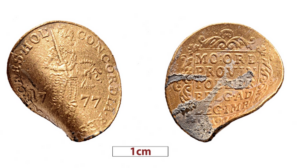
On the north side, various personal belongings of the crew and passengers were found, including a gold ring decorated with flowers and dots, identical to the one found in a previous search, parts of shoulder straps of military uniform, made of wire and parts of wooden furniture.

In the meantime, it was found that the copper sheets that covered the ship’s keel had folded in several places, which leads to the conclusion that after sinking, it slipped for a few meters, until it rested with its left side on the bottom.

